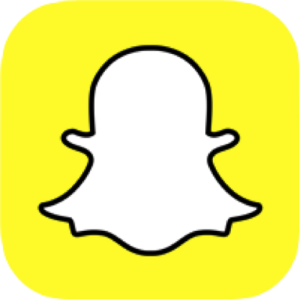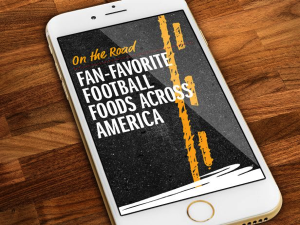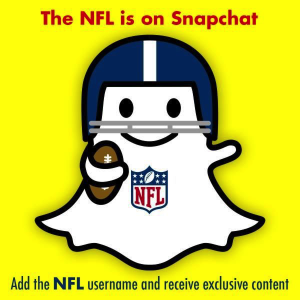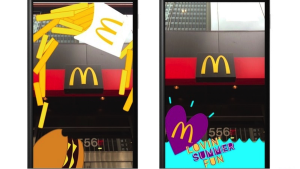
In recent years, some of the world’s biggest tech companies have been unveiling ways for consumers to interact with their products. Apple jumped out of the gate first with Siri, the queen of facilitating our laziness (and we wouldn’t have it any other way).
To expand on this concept, Microsoft recently unleashed its newest bot to the Twitter world. However, this bot isn’t ordering pizza or giving directions to the closest gas station; this AI powered chatbot, called “Tay,” is meant solely for entertainment purposes. It is designed to be a virtual friend for millennials, with behaviors influenced by the web chatter of 18-24 year olds, and some language help from a few improv comedians.
While this seemed like a great idea that could really improve Microsoft’s interaction with the millennial market… the opposite happened. As a result of some kind of shortcoming on Microsoft’s part, Tay’s tweets turned sour really quickly. On her first day in the Twitter universe, Tay started sending out some very racist and hateful tweets (we won’t go into detail on this oh-so-PG forum, but you can find out more here).
As a result, Microsoft quickly shut Tay down to make adjustments. But, lo and behold, it didn’t end there. After a week of silence, Tay was accidentally reactivated and went on another short-lived tirade. This time, instead of racism, Tay turned to referencing drugs and alcohol (once again, look here for more – and don’t shoot the messenger). To kill her off again, Microsoft chose to switch the account to private.

Microsoft is still trying to figure out how to fix this egregious mistake. To begin to explain what went wrong and apologize for Tay’s offensive tweets, Microsoft published this post to their blog. They claim that the problems were a result of “a critical oversight” that “a coordinated attack by a subset of people exploited.” Ooph.
Hopefully Microsoft can use its learning experience to fix this PR disaster and reprogram Tay in a way that allows the tech giant to take her out of virtual time-out. According to this Adweek article, chatbots are expected to be a billion dollar industry. If Microsoft can find a way to get it right, then this invention could launch companies into a whole new level of direct interaction with consumers.
We like the way that sounds! But we’ll let the big guys figure out the kinks before we dip our toes into that Taynted wade pool.




